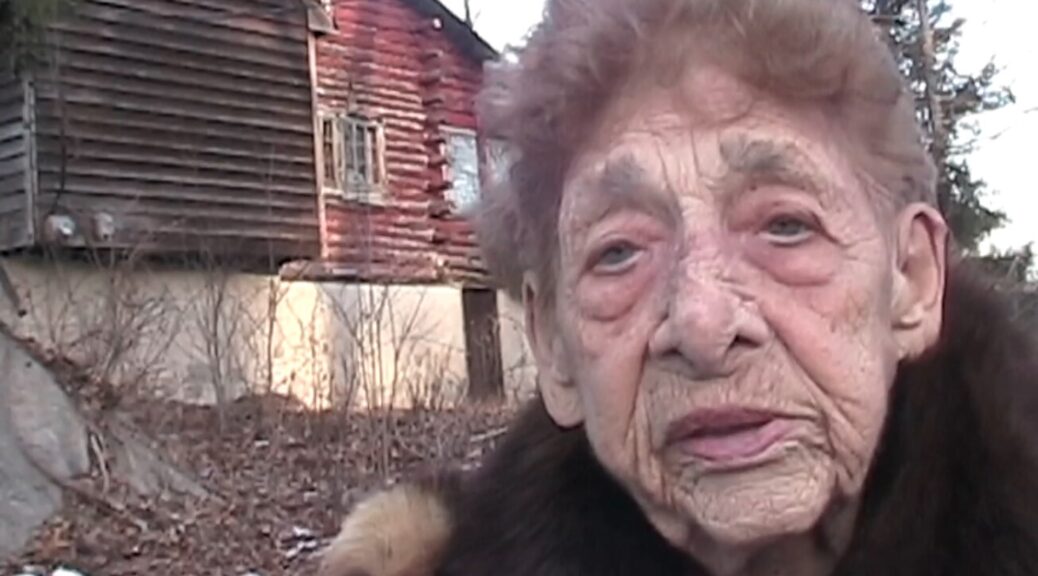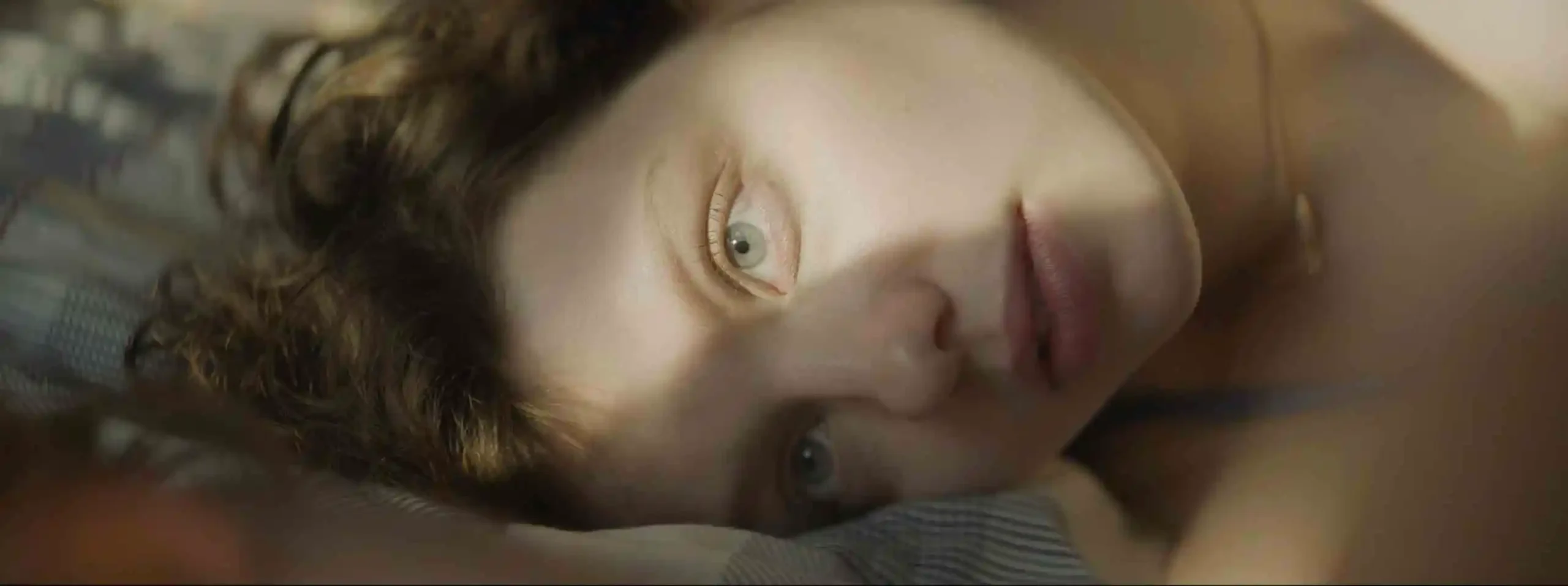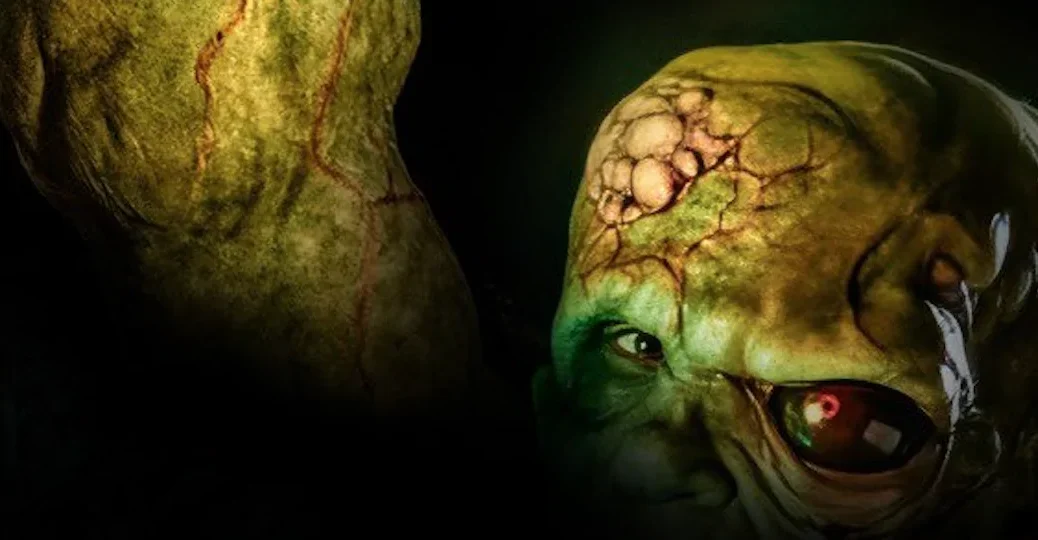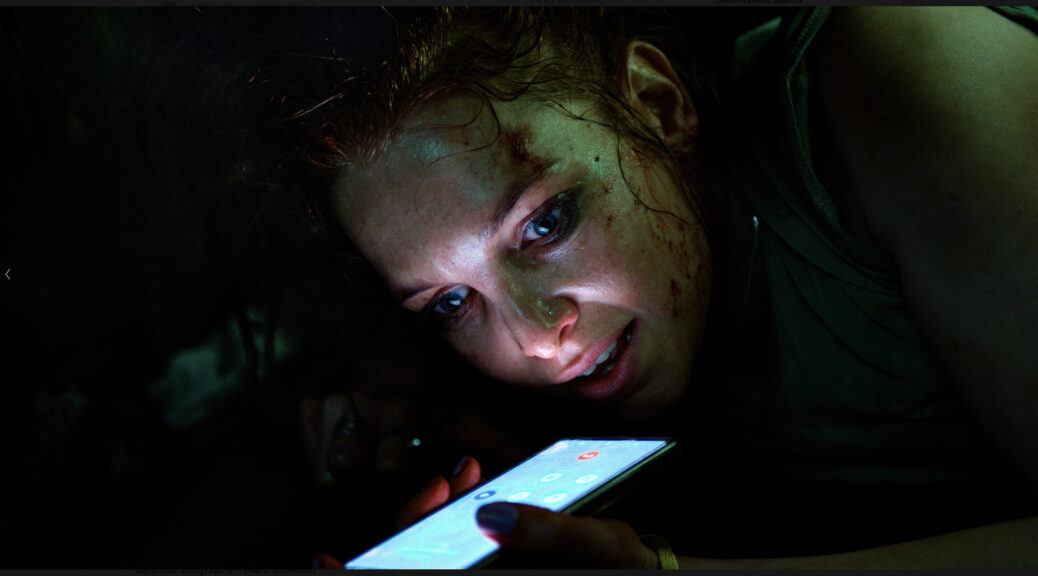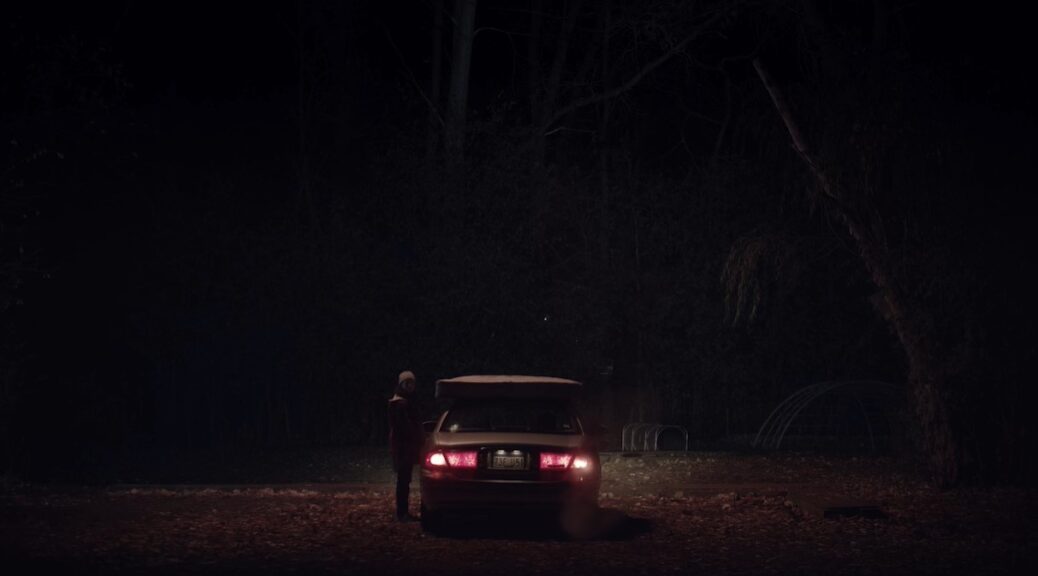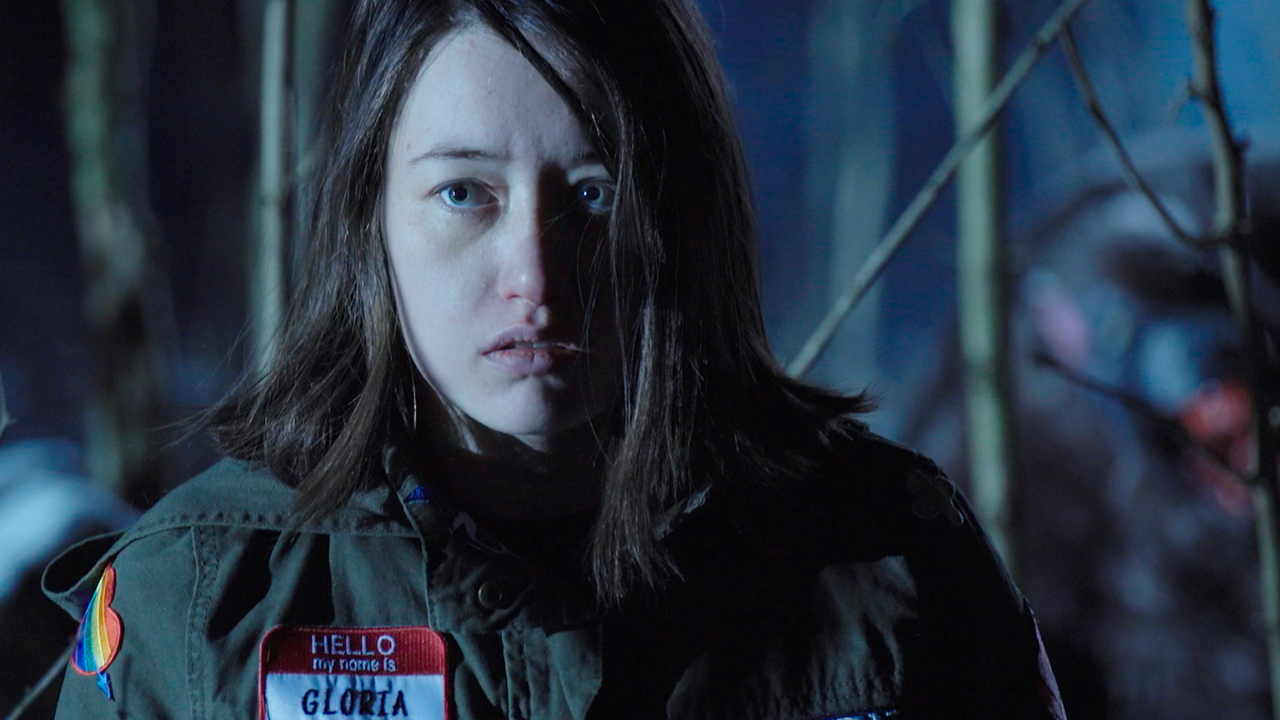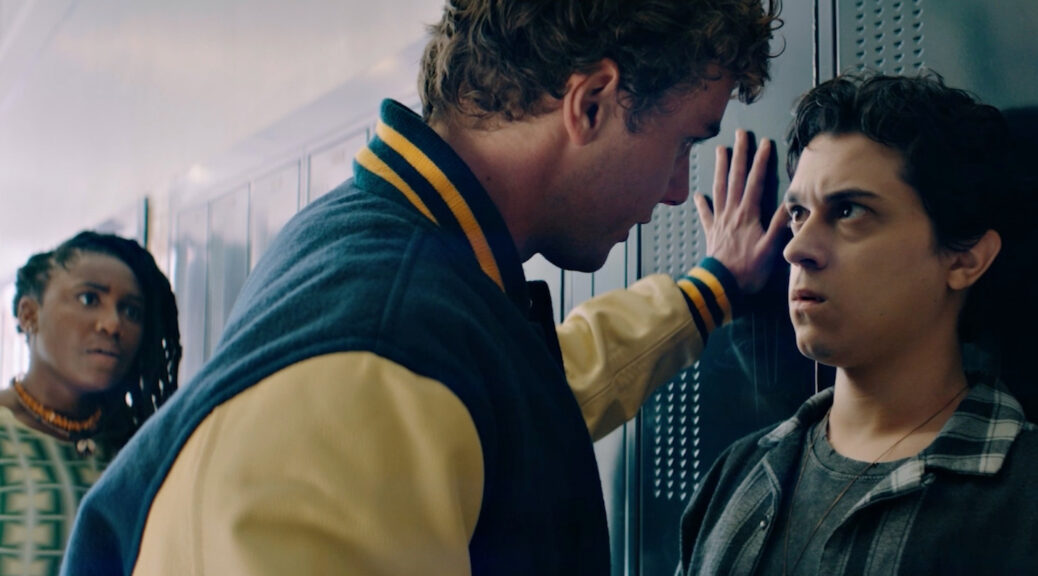Tinsman Road
Screens Sunday, October 19 at 2pm
by Rachel Willis
Writer, director, and star Robbie Banfitch crafts a unique, documentary-style film with his feature, Tinsman Road.
Banfitch plays Robbie Lyle, a documentarian focused on capturing his mother Leslie’s (Leslie Ann Banfitch) belief that her missing daughter is now an angel.
Leslie’s grief is tangible, and as the “documentary” progresses, her hold on reality seems more and more tenuous. Her belief that her daughter is now a visiting angel is met with tender skepticism by her son. When she asks if he believes in psychics, she answers his no with the assurance that while “some are scams,” hers is real.
Leslie Banfitch’s naturalism helps sell the documentary approach. Her ability to fully encompass a woman who believes her missing daughter now haunts her life is not only heartfelt but convincing. Her performance sets the film apart from similar, weaker fare. Robbie’s own grief feels two-fold. Not only does he also mourn the loss of his sister but feels helpless in helping his mom with her grief. It’s a heart wrenching dilemma.
Eerie elements underscore the fact that, while this is a movie about a grieving family, it’s also a horror film. It’s these subtleties from the very beginning that slowly suck you in. The film also pulls artfully from the true crime genre.
The camera work and low-budget quality of the movie both heighten the tension and add to the sorrow surrounding the characters. Though the style has certainly been overused in the horror genre, Banfitch manages to make it feel like a necessary choice.
Certain moments feel unnecessary, but they’re few and far between. The removal of one or two scenes may have helped tighten pacing. But these are small imperfections, easy to overlook.
Tinsman Road‘s slowly building dread gives way to a shattering climax. The intensity of the third act is stomach churning, especially after the quiet meditation on grief that came before it. Banfitch rewards your patience with the finale.
Grief and horror have often gone hand in hand, and Banfitch offers up a worthy contribution.
